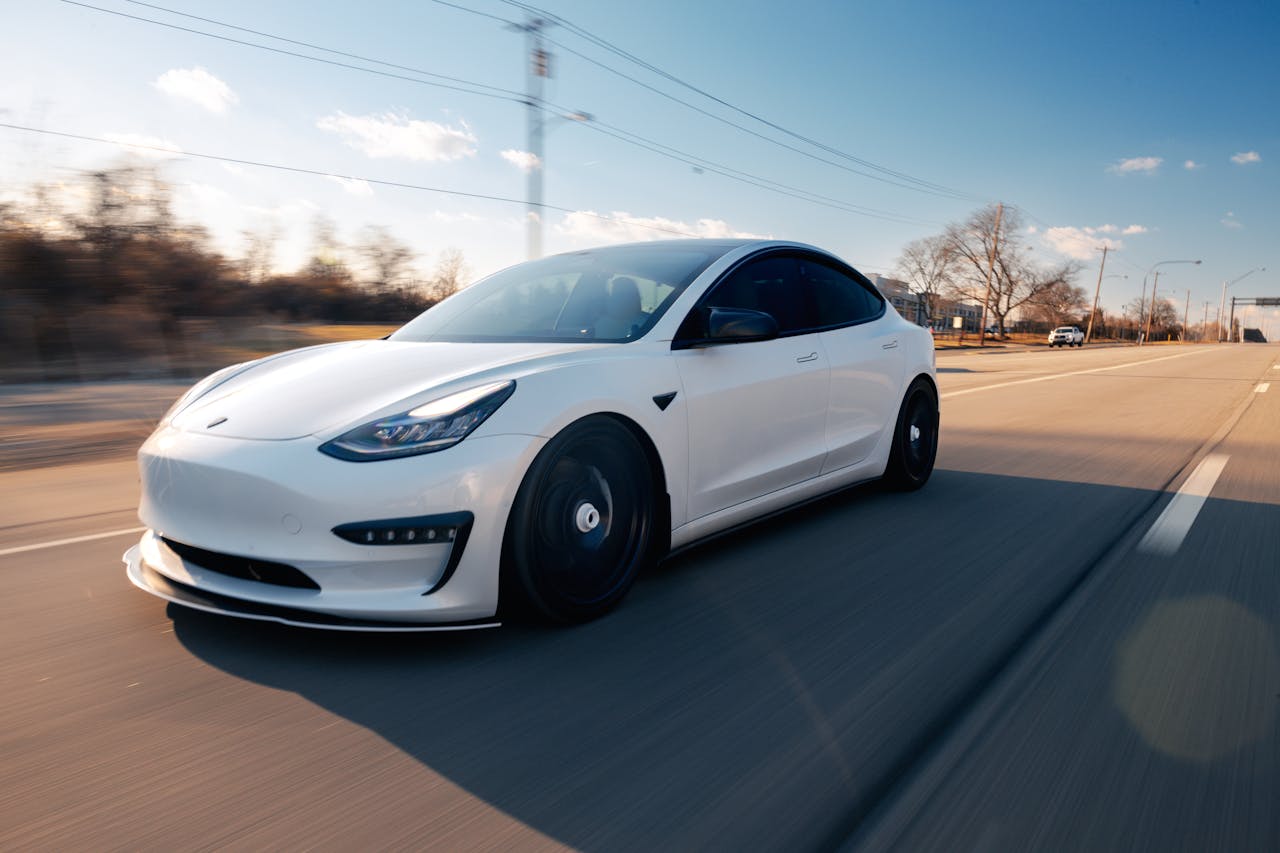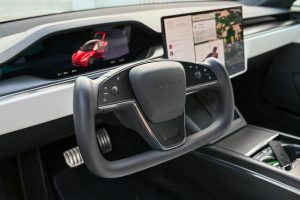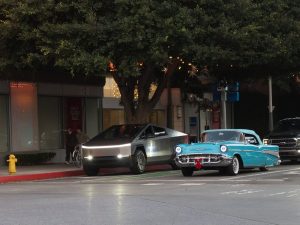Tesla FSD Beta 12.4 Goes Live: A True Turning Point for Autonomous Driving in 2025?
When Tesla quietly rolled out FSD Beta 12.4 in July 2025, it wasn’t just another software patch—it was a glimpse into the company’s most serious push yet toward fully autonomous driving. With CEO Elon Musk declaring that “12.4 is the biggest leap forward since 10.69,” expectations soared. But does it live up to the hype?
Let’s unpack what’s really changed, what it means for drivers, and how this version fits into the bigger picture of Tesla’s self-driving ambitions in 2025.
What’s New in FSD Beta 12.4?
The most striking upgrade in 12.4 is the massive refinement in driving smoothness and decision-making in dense urban environments. Compared to earlier builds, this version handles unprotected left turns, crosswalk stops, and pedestrian anticipation with noticeably more “human-like” caution.
Some standout features include:
- More consistent yield behavior at four-way stops (a frequent complaint from earlier versions).
- Improved object permanence recognition, particularly in temporary construction zones and dynamic lane shifts.
- Reduced interventions: Early user feedback from the Tesla Motors Club shows that some testers went over 100 miles without needing to touch the steering wheel—a first for most FSD Beta testers.
The “Single Stack” System Just Got Smarter
Since Beta 12.3, Tesla has been refining its much-hyped single neural net architecture—where highway and city driving are handled by the same AI model. In 12.4, the single stack approach has matured to the point where lane merges on freeways and parking lot navigation feel almost seamless. While not yet perfect, the noticeable reduction in abrupt decision reversals gives a clearer sense of continuity in driving behavior.
Safety Metrics: What Do the Numbers Say?
According to Tesla’s newly published Q2 2025 safety report, cars running FSD Beta 12.4 have logged over 20 million miles with a 32% reduction in disengagements compared to Beta 12.3. Meanwhile, minor incident reports per mile dropped to 0.0045—a significant milestone Tesla claims brings it within “striking distance of human performance parity.”
Still, critics argue that Tesla’s internal data lacks third-party validation. The National Highway Traffic Safety Administration (NHTSA) is reportedly reviewing telemetry from Beta 12.4 as part of a broader 2025 AV safety audit.
New Driver Monitoring Rules
One major policy shift in 12.4 is stricter camera-based driver attention monitoring. If your gaze drops from the road for more than five seconds—even if your hands are on the wheel—you’ll receive a warning. Three warnings within a drive session can disable FSD Beta for the remainder of the trip.
This update signals Tesla’s effort to pre-empt regulatory pressure and enhance safety credibility ahead of potential Level 4 certifications in states like California and Nevada.
Is Level 4 Really on the Horizon?
Musk has long teased the possibility of a “feature-complete” robotaxi by 2025, but FSD 12.4 still falls short of true Level 4 autonomy. The software requires active human supervision, and Tesla hasn’t received approval in any jurisdiction to remove that requirement.
That said, California’s DMV did issue Tesla a provisional permit this month to test FSD without a safety driver on limited routes in San Mateo County—a major regulatory milestone that hints at what could come later this year.
Why This Release Actually Matters
FSD Beta 12.4 may not be perfect, but it’s undeniably the most polished version yet. It represents not just technical progress but also a shift in regulatory tone, public trust, and Tesla’s own confidence in releasing features that toe the line between assistance and autonomy.
It’s also a testbed for future monetization: Tesla is reportedly planning a $25/month “FSD Lite” subscription tier for those who want advanced features like Smart Summon and Navigate on Autopilot, but not full city driving autonomy.
Bottom Line
FSD Beta 12.4 isn’t just another version—it’s Tesla’s clearest signal yet that it intends to lead in autonomous driving, with or without regulatory patience. Whether this push results in fully driverless Teslas on U.S. roads by the end of 2025 remains uncertain, but one thing’s clear: the era of beta testing is rapidly evolving into something much more consequential.
Related Articles:
- How to Transfer Tesla FSD Between Owners in 2025
- Who Owns Your Tesla FSD? 2025 Licensing Shifts Raise Ownership Questions
- How to Verify Used Tesla FSD Status When Buying a Used Tesla in 2025
Like what you’re reading?
Share your thoughts in the comments and follow us for more in-depth EV and autonomy coverage.



